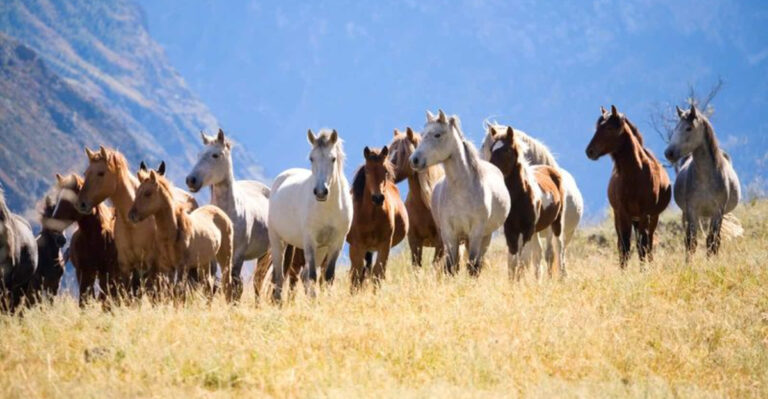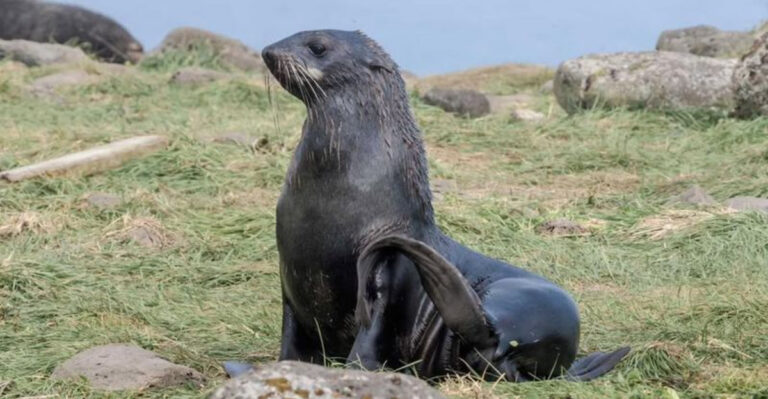15 Scientific Reasons Dinosaurs Never Came Back After Extinction
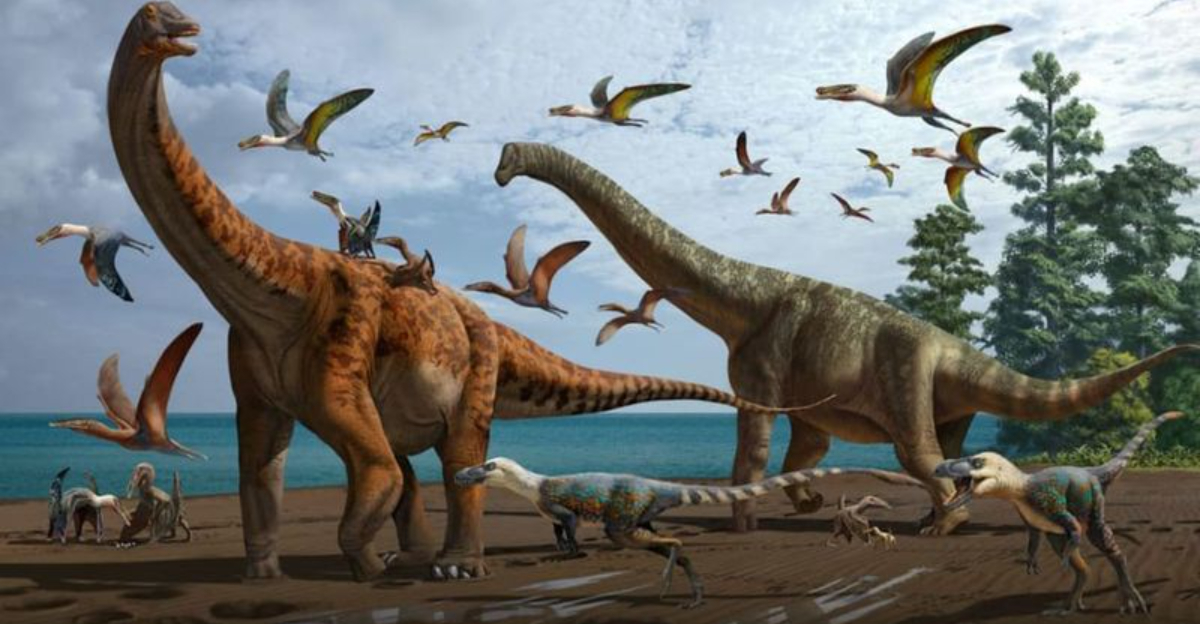
When dinosaurs vanished about 66 million years ago, they were gone for good. While movies like Jurassic Park might make us think bringing them back is possible, science tells a different story.
The permanent disappearance of these magnificent creatures involves complex biological, environmental, and evolutionary factors that made their comeback impossible.
1. Total Genetic Destruction
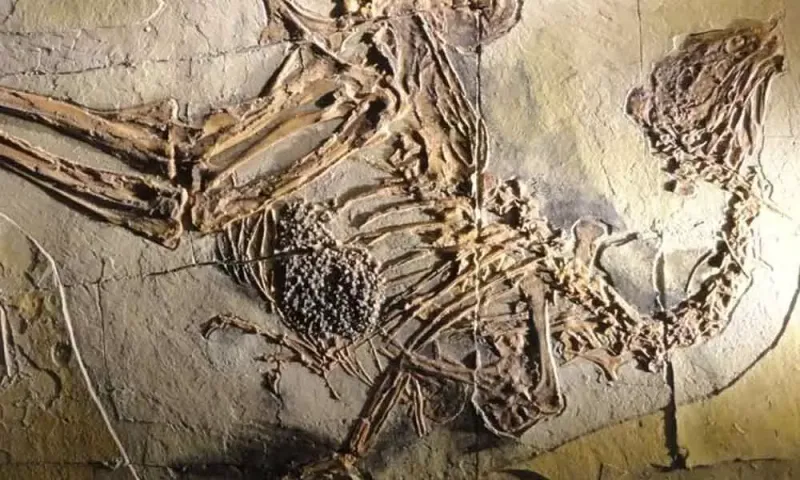
DNA breaks down over time, even in ideal conditions. After millions of years, dinosaur genetic material has completely degraded beyond recovery.
Scientists estimate DNA has a half-life of just 521 years, meaning after 66 million years, not even fragments remain that could be used for cloning.
2. No Suitable Host Species
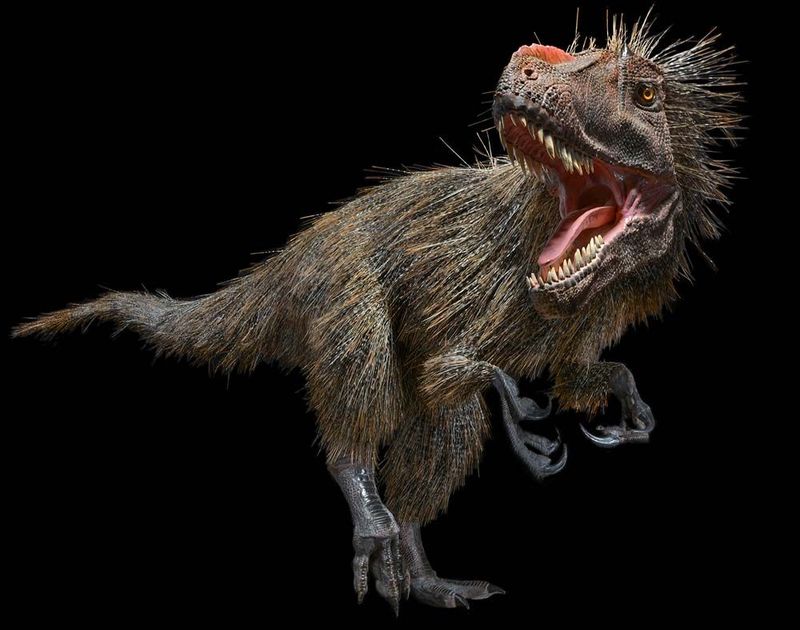
Bringing extinct creatures back requires closely related living relatives. Birds, while dinosaur descendants, have bodies too small to host large dinosaur embryos.
The physiological differences between modern birds and their extinct ancestors create insurmountable barriers for any potential surrogate pregnancy.
3. Missing Microbial Helpers
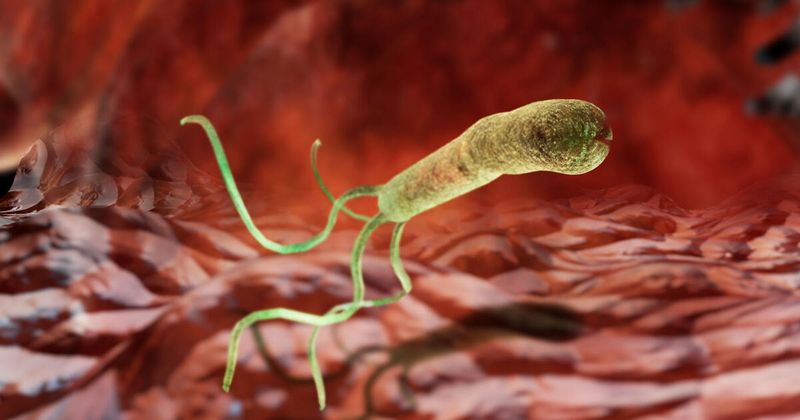
Gut bacteria essential for dinosaur digestion went extinct alongside their hosts. These specialized microbes helped break down prehistoric plants that formed the basis of many dinosaurs’ diets.
Without these symbiotic partners, even a perfectly cloned dinosaur couldn’t properly digest food in today’s world.
4. Atmospheric Oxygen Differences
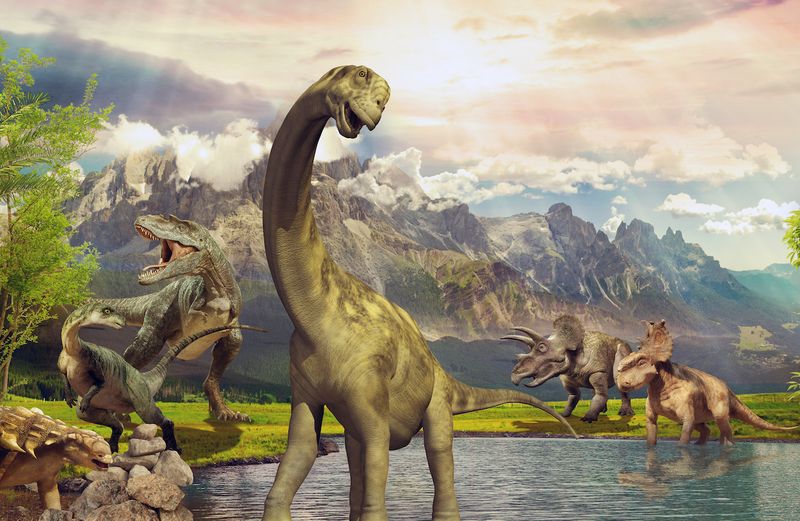
Earth’s atmosphere contained significantly higher oxygen levels during the dinosaur era – around 30% compared to today’s 21%.
This richer oxygen environment supported their massive bodies and unique respiratory systems. Modern air composition would likely suffocate any resurrected dinosaur, especially the larger species.
5. Plant Life Revolution
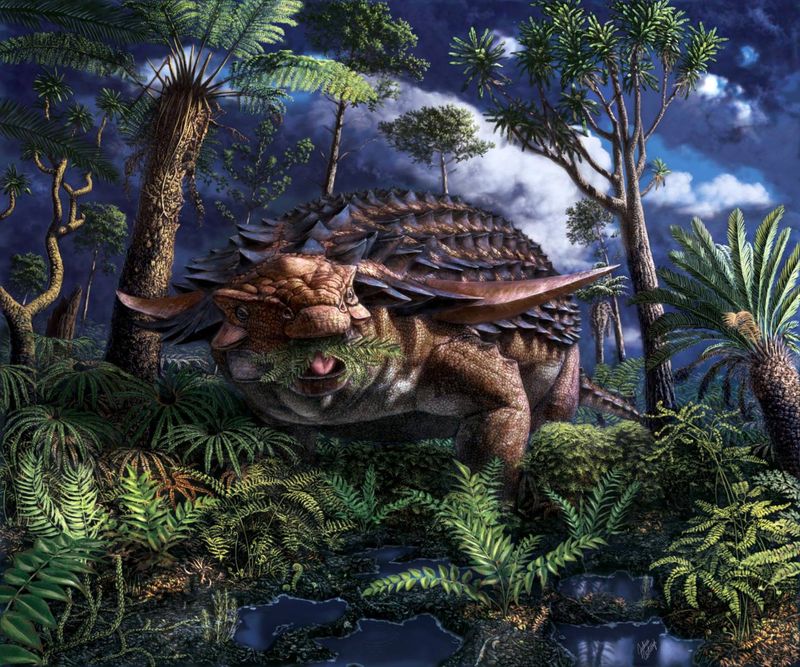
Flowering plants barely existed when dinosaurs ruled! Most vegetation was ferns, cycads, and conifers – nothing like today’s plant kingdom.
Herbivorous dinosaurs evolved specialized digestive systems for these ancient plants. Modern greenery would be nutritionally inadequate or even toxic to these prehistoric eaters.
6. Climate Shock
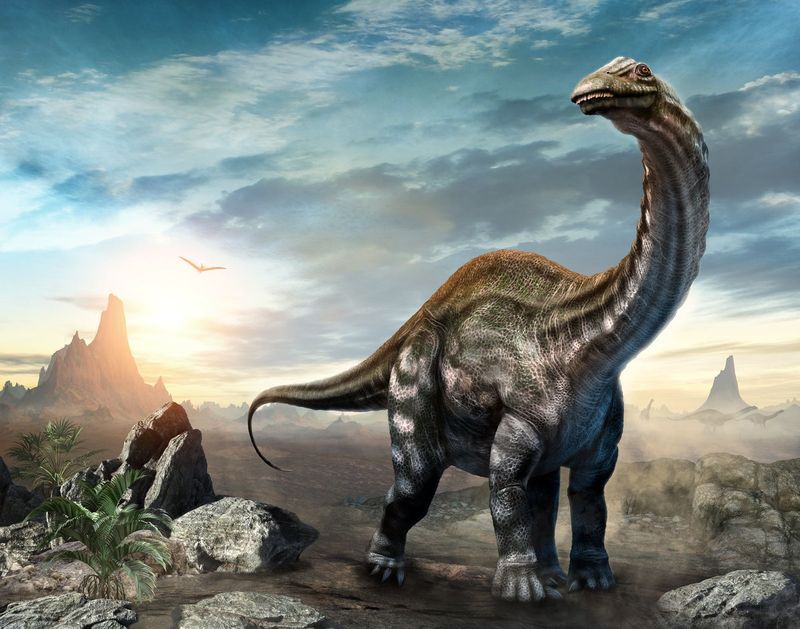
Imagine going from a steamy, tropical world to our modern climate patterns! Dinosaurs evolved for consistently warm temperatures without ice caps or cold seasons.
Their bodies lacked adaptations for temperature regulation needed in today’s variable climate zones, making survival nearly impossible outside carefully controlled environments.
7. Predator-Prey Disruption
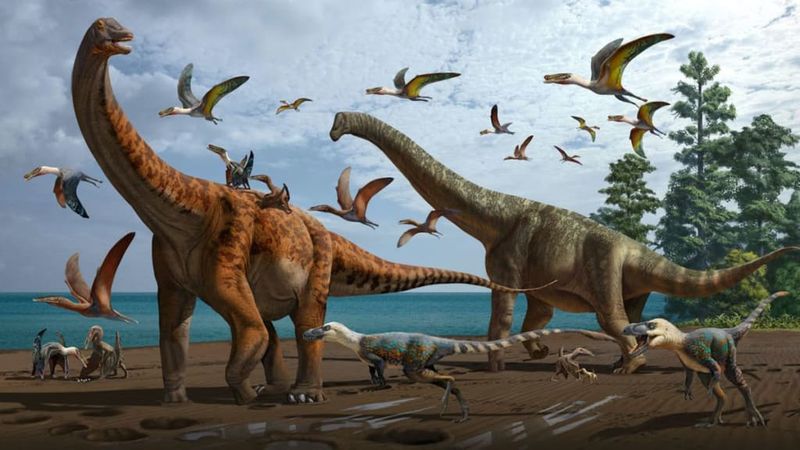
Food chains took millions of years to rebalance after dinosaurs disappeared. The animals dinosaurs once hunted or competed with have long been replaced by mammals and modern reptiles.
A resurrected T. rex would find no natural prey, while herbivores would discover their plant food sources had radically changed.
8. Immune System Incompatibility
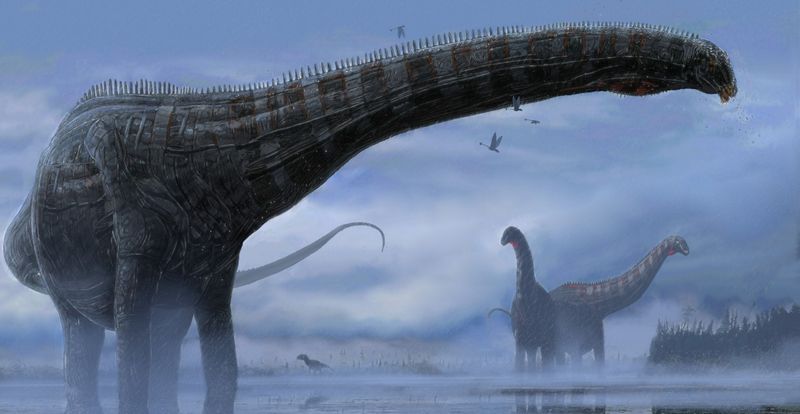
Modern pathogens would be completely foreign to dinosaur immune systems. Having never encountered today’s viruses, bacteria, and fungi, dinosaurs would have zero immunity.
Even minor infections could prove rapidly fatal, similar to how introduced diseases devastated isolated human populations throughout history.
9. Specialized Lung Functions
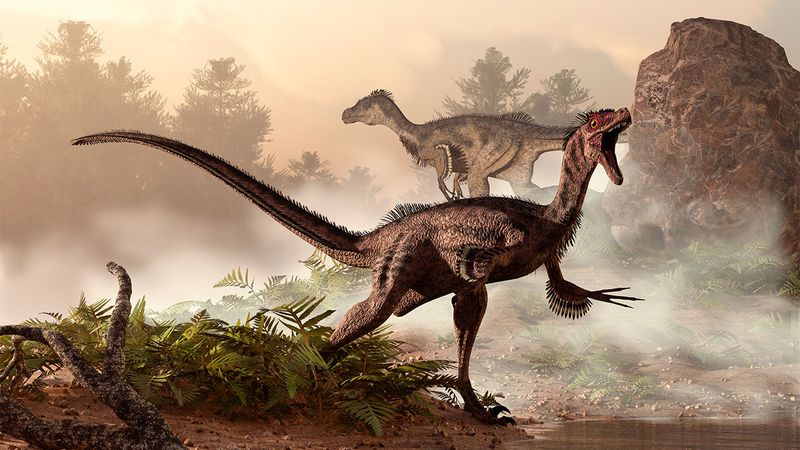
Forget simple lungs! Dinosaurs had unique respiratory systems with air sacs extending into their bones – more like birds than mammals.
These specialized breathing adaptations evolved for specific atmospheric conditions and activity levels of their era. Modern air composition and pressure would make breathing inefficient or impossible.
10. Behavioral Knowledge Gaps
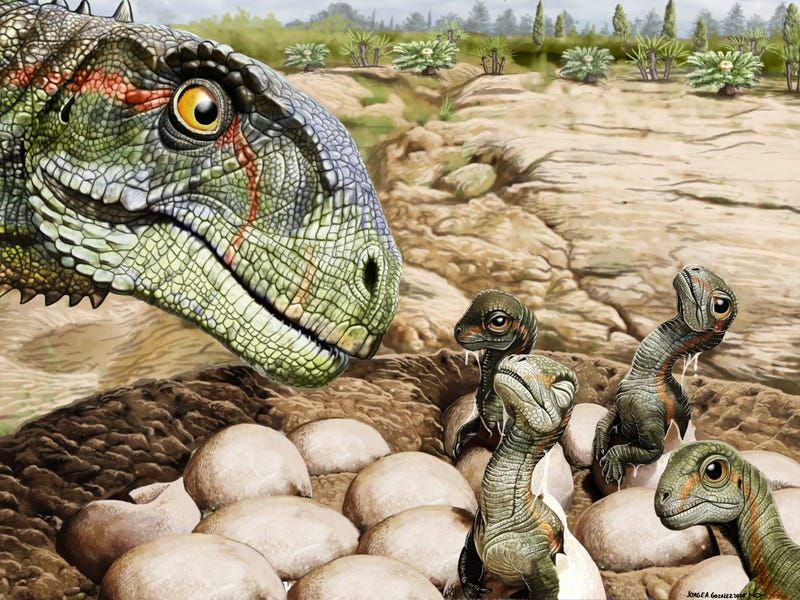
Raised without parents to teach them, cloned dinosaurs would miss crucial learned behaviors. How would a lab-grown T. rex know how to hunt? Would a Triceratops understand herd dynamics?
Many dinosaur behaviors likely depended on cultural transmission that can’t be encoded in DNA alone.
11. Reproductive Roadblocks

Successfully cloning one dinosaur doesn’t solve the species survival problem. Without genetic diversity from multiple individuals, inbreeding would quickly create fatal health issues.
Scientists would need to recreate diverse populations with different genetic makeups – an exponentially more difficult challenge than producing a single specimen.
12. Eggshell Enigmas

Weird but true: dinosaur eggs had unique porous structures allowing precise gas exchange rates that matched ancient atmospheric conditions.
Modern air would disrupt this delicate balance, likely preventing proper embryonic development. Even if we created dinosaur embryos, they might never successfully hatch.
13. Ecological Niches Filled

Nature abhors a vacuum! When dinosaurs disappeared, mammals and birds rapidly evolved to fill their ecological roles.
Today’s ecosystems have no empty niches waiting for dinosaurs to reclaim. Introducing them would create catastrophic disruptions to food webs that have been stable for millions of years.
14. Metabolic Mismatches
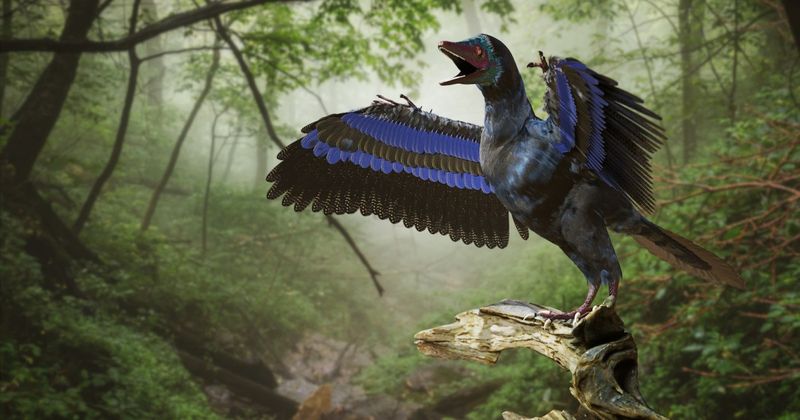
Hot debate still rages about whether dinosaurs were warm-blooded, cold-blooded, or something in between! Their unique metabolisms evolved for specific environmental conditions.
Modern temperature fluctuations would create energy regulation challenges that their bodies weren’t designed to handle.
15. Astronomical Changes

Even the stars have moved! Earth’s position in the galaxy has shifted over 66 million years, changing our cosmic radiation exposure.
The sun’s energy output has increased approximately 0.5% since dinosaur times. These subtle astronomical shifts created environmental conditions dinosaurs never experienced during their evolution.


